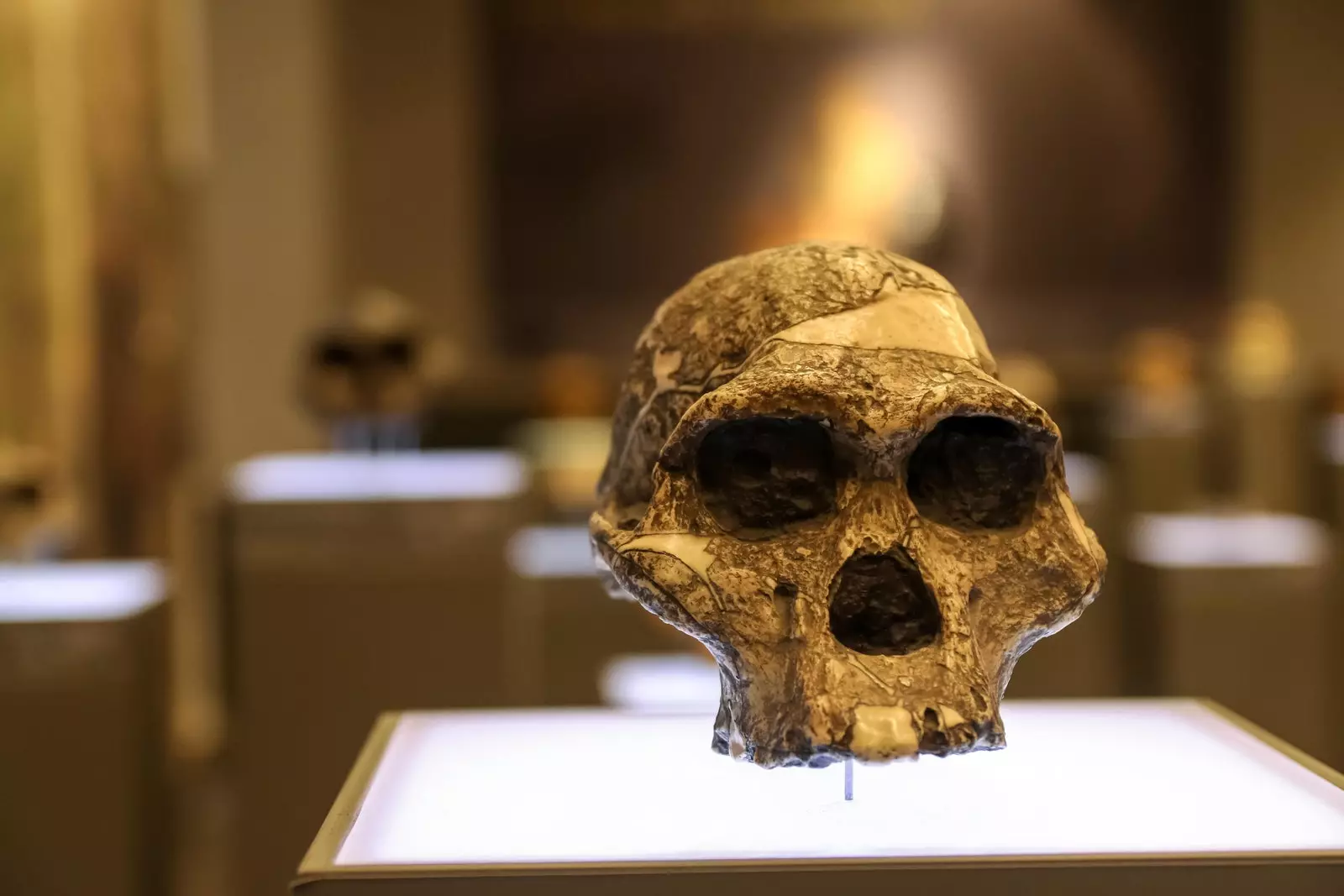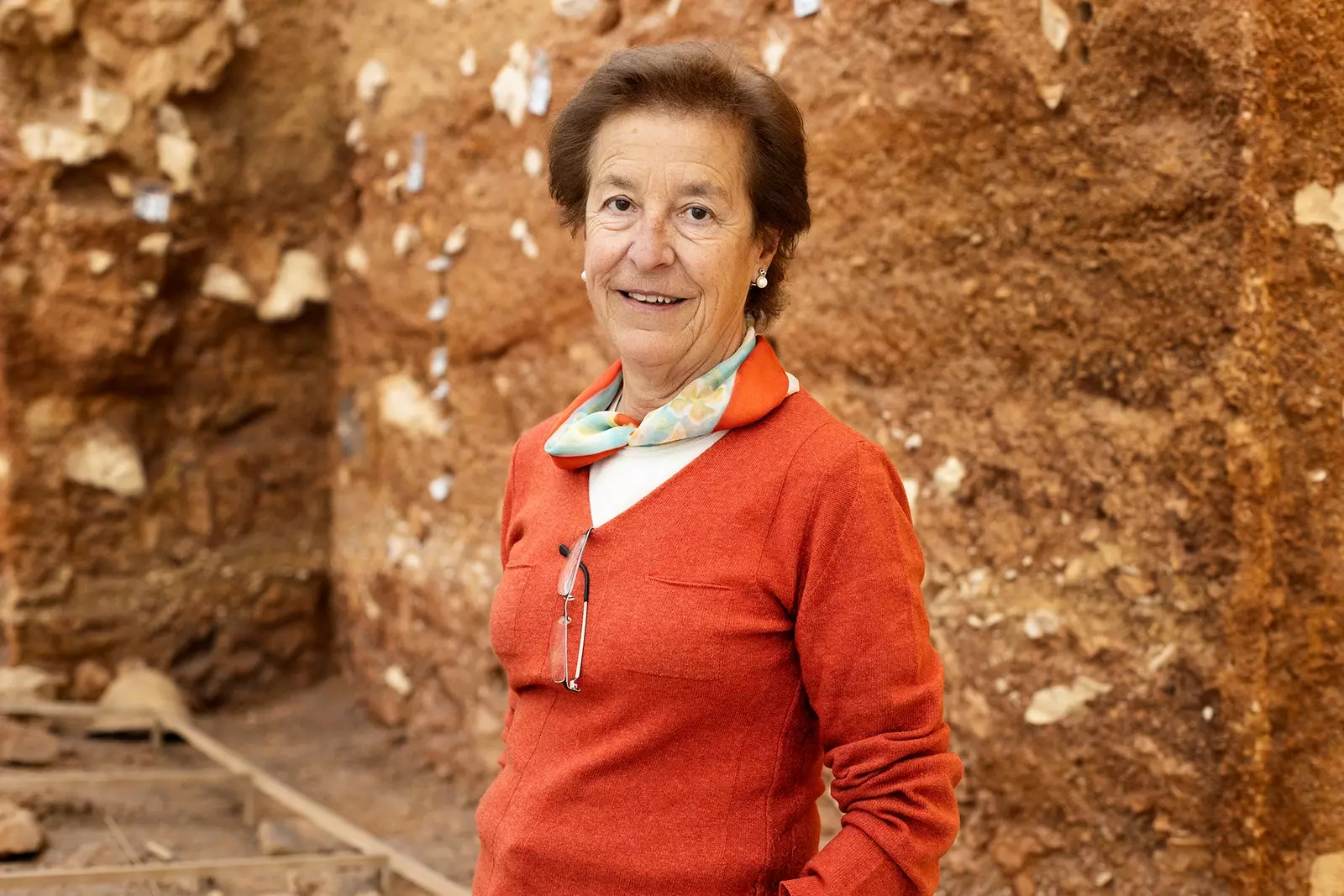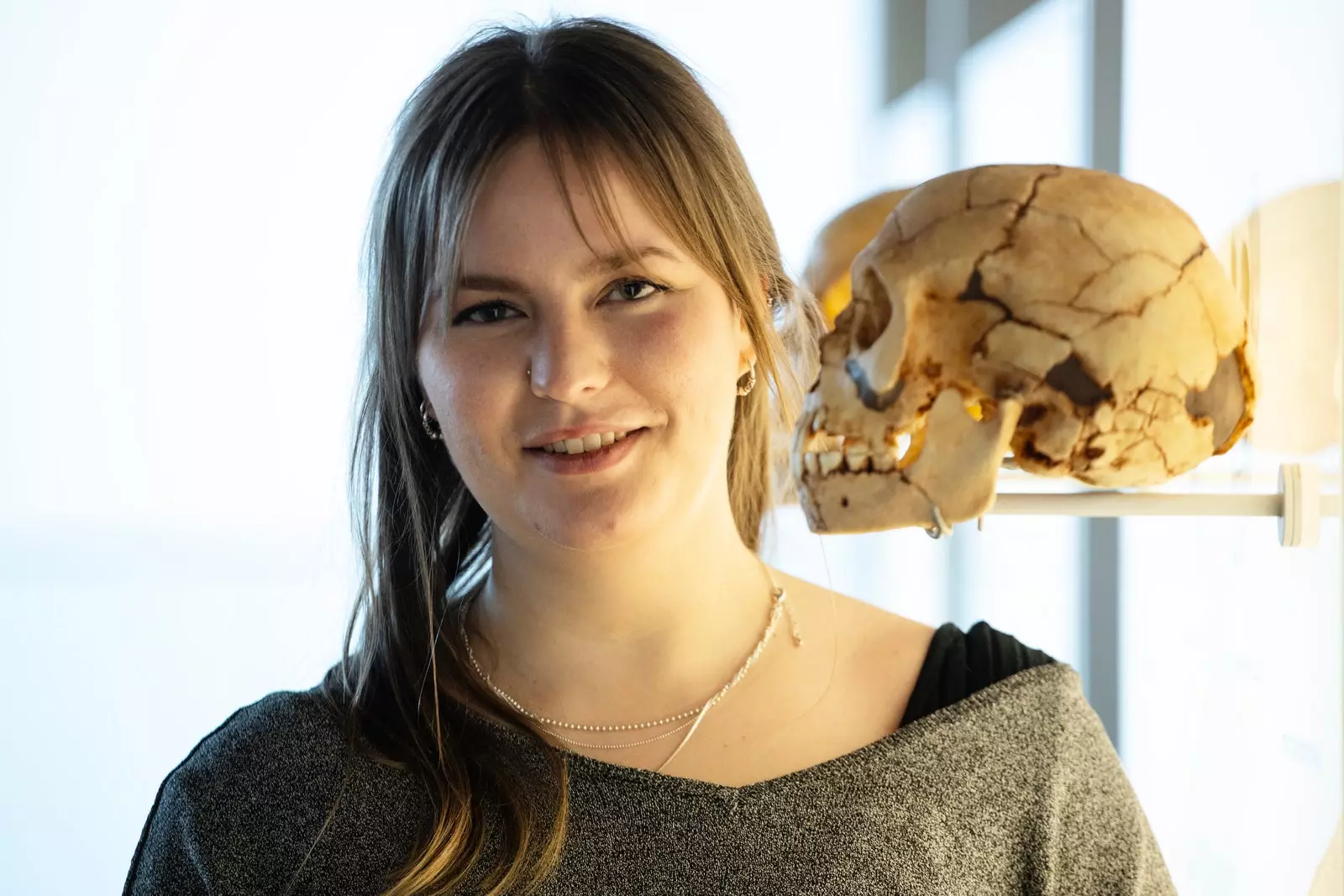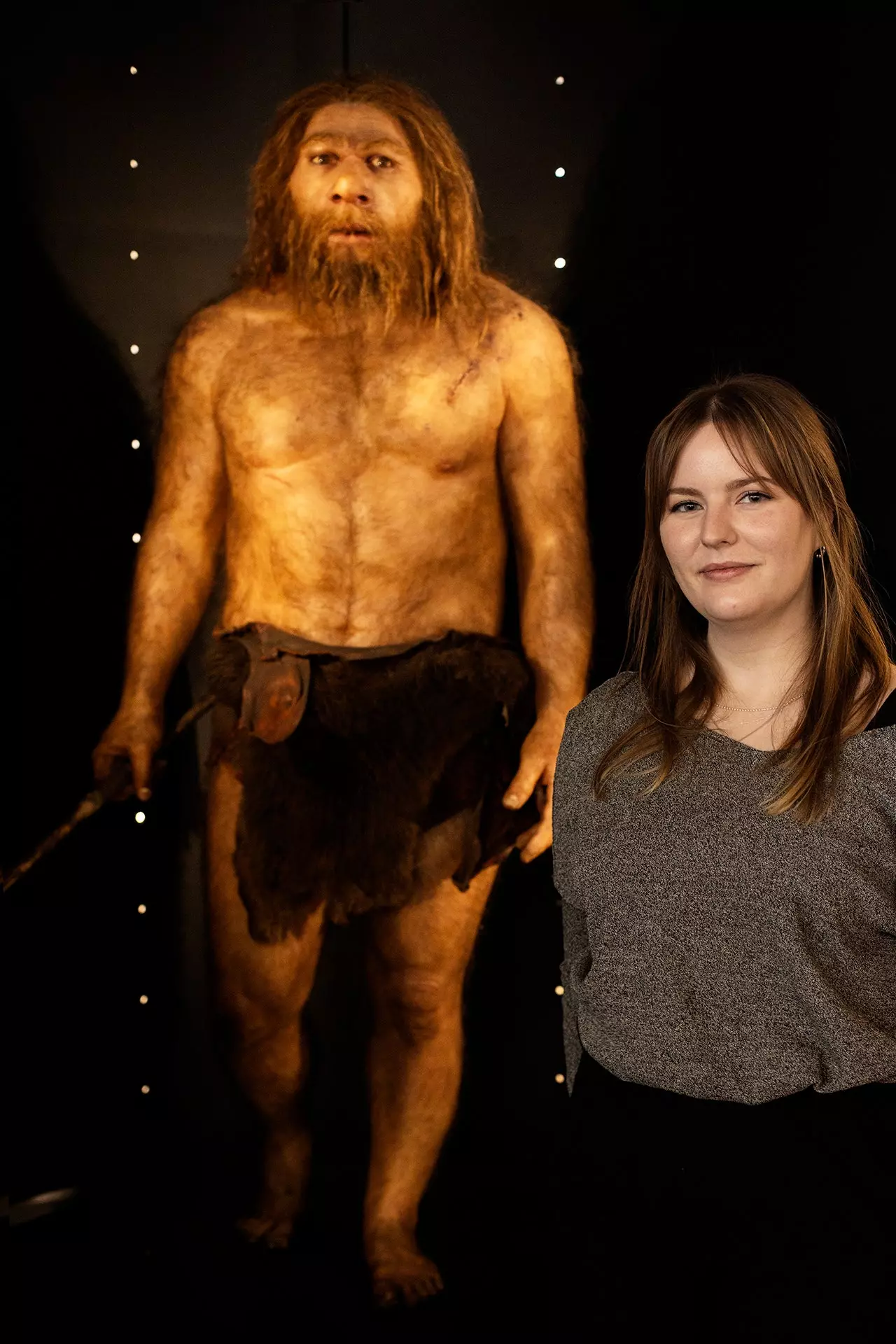
Atapuerca: they talked and socialized (more or less like us)
Not so long ago, schools taught that Neanderthals were primitive, furry, ape-like beings with a very limited intelligence , or that the peopling of Europe occurred 500,000 years ago. But now we know this was not so . And the team that works in the Sierra of Atapuerca for more than forty years. Let's go by parts.
Aurora Martín is the Coordinator of the Museum of Human Evolution (Burgos) and one of the archaeologists —together with the co-directors Carbonell, Arsuaga and Bermudez — more veterans in the Atapuerca deposits . She has been lucky enough to live in the first person, one after another, all the findings that have rewritten (and that continue to rewrite daily) the history of the first Europeans. "When we started digging in 1980 we were only 10 people, nine men and me as the only woman. It was very hard and thankless work because we had no means or permanent infrastructure, but we were moved by faith."

Aurora Martin
The turning point for the team came in 1992, when in the Chasm of the bones were found two skulls of Homo heidelbergensis (or preneanderthal) in perfect condition , who were baptized as Agamemnon and Miguelon . But the great revelation would come shortly after, in 1994, when remains of a much older and previously unknown hominid called Homo antecessor , which has some 900,000 years old . "I had the great fortune of discovering the first three teeth" — says Aurora — "It was a very important discovery, since we not only define a new species , something that is the ultimate for paleoanthropologists, but it supposed a paradigm shift because to date it was thought that the peopling of Europe had been 500,000 years ago".
After that would come the awards, the Prince of Asturias and the Heritage of humanity by unesco and recent findings that are still in the research phase —among them a jaw and a phalanx of a new hominid yet to be defined that is 1,200,000 years old— by a very large and interdisciplinary team in which, by the way, the women they are majority.
Another of the many scientists from Atapuerca is Martha Santamaria , a archaeologist specializing in Neanderthals that she joined the team in 2013. "From the homo neanderthalensis we are learning new things every day. For example, last week we were able to determine that one enclosure was inhabited by four Neanderthal women thanks to a revolutionary technique: the analysis of DNA remains that have been preserved in the sediment of the cave. The novelty of this technique is that you no longer need human fossils in the site, but rather we can directly analyze organic remains such as blood, excrement or remains of childbirth" —says Santamaría— "In just a few years we have gone from not knowing Neanderthal DNA to being able to extract it from some sediments".

Martha Santamaria
Another recent study carried out by the paleontologist Ignacio Martinez just revealed, for example, that Neanderthals could hear and speak in a way very similar to ours . It has also just been known that pre-neanderthals and neanderthals were in solidarity with the members of the group and that performed certain symbolic acts , nothing to do with the apelike behavior that was assumed not so long ago. And what remains for us to know is much. Revolutionary new technologies will shed much light on the ancient inhabitants of Atapuerca . There is still much to be excavated, we must be vigilant.
Meanwhile, the rest of Homo sapiens we can delve deeper who they were and how they lived these ancient Europeans in four key points located in the vicinity of Burgos.
FIELDS OF THE SIERRA DE ATAPUERCA (IBEAS DE JUARROS)
In the deposits of Atapuerca have been found fossil remains and other evidence of five different hominin species , from Homo s.p (for now undetermined, 1,400,000 years old) to Homo sapiens, passing through Homo antecessor, Homo heidelbergensis and Neanderthal. It is estimated that in the Sierra de Atapuerca there are around 200 sites, of which 10 are being excavated . And in these ten there is work for at least five more decades. There are guided visits to the Trench of the Railway deposits, that is the Sima del Elefante, the Galeria Complex and the Gran Dolina..

Martha Santamaria
EXPERIMENTAL ARCHEOLOGY CENTER (CAREX), IN IBEAS DE JUARROS
In this place, the evolution of the technological innovations throughout the history of mankind . The visitor can practice some techniques that were used in Prehistory —such as making fire— and use replicas of ancestral tools such as flint stones or spears among other objects.
MUSEUM OF HUMAN EVOLUTION (MEH), IN BURGOS
Here are more than 200 significant finds from the Atapuerca sites , among them the skull of the pre-neanderthal "Miguelón" or the quartzite tool known as Excalibur, the oldest known object with symbolic meaning. This imposing museum also reviews the different scientific disciplines involved in the project and acts as an international information center.
LIVING PALEOLITHIC (SALGÜERO DE JUARROS)
It is a nature reserve where the Upper Paleolithic environment is recreated, with its flora and fauna . The project, led by biologists, naturalists and scientists , has managed to reintroduce into the Sierra de Atapuerca certain animals that lived in Europe 10,000 years ago. Among the species that can be seen here —in an experience designed as a 4x4 safari— are the European bison or Przewalski's wild horse among others.
